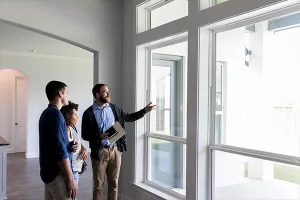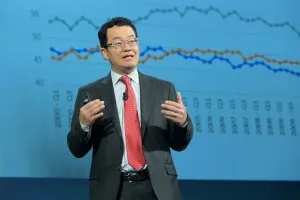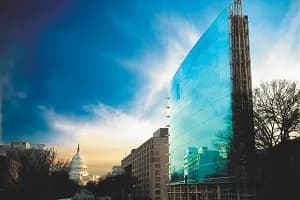If you’ve been keeping up with the posts to date, you’ve probably thought of at least one space in your community that would be a good candidate for Placemaking. But if you still can’t identify a space, take a second look at vacant lots and properties.
Why can’t they be transformed into people-friendly places?
Vacant spaces and lots provide a blank canvas to create community gathering spots for cultural activities, gardening, playing, conversations, live music, storytelling, relaxing, art displays and much more. Vacant lots can be elevated from ugly eyesores to desirable destinations.
The community-based group Demoiselle 2 Femme worked with teenage girls in their Roseland neighborhood of Chicago’s south side to transform a vacant lot in into a safe place for children to play. The project even motivated residents and local groups to clean up adjacent public spaces. This demonstrates how one project could lead to more Placemaking activities in a community and keep the trend going.

You may want to encourage the engagement of a variety of groups to initiate a Placemaking project by organizing a competition. Space in Between is a contest organized by the Metropolitan Planning Council to recognize individuals who have converted vacant parking lots into community gardens or art exhibitions in the greater Chicago/Gary/Milwaukee region.
Vacant lots can also be temporarily activated until a permanent development is in place. Gap Filler, an organization based in Christchurch, New Zealand creates temporary activations of vacant lots with Dance-O-Mat, a coin-operated dance floor that allows anyone to plug in their own music device and start a public dance party or performance.
Plans are underway for Frankford Pause, a pop-up park, to be built on a vacant lot in Philadelphia, PA. “In the short term, we’re designing a public space for people to come and use, to get an idea of what works and doesn’t work… what people like,” says Kim Washington with the Frankford CDC.
And, an easy, quick approach being taken by many cities to activate areas in need of revitalization involves food trucks. “If you want to seed a place with activity, put out food,” William Whyte wrote in The social life of small urban spaces. More and more cities are allowing food trucks to do business in struggling districts of the community as a way to enliven an area.

- Truckeroo, Navy Yard, Washington, DC.
Artists can also take advantage of vacant lots by transforming vacant and underused properties into hubs of activity and prosperity. In St. Paul, the Minnesota Blue Ox artist group came up with a novel idea to transform a 15-acre plot of land on the former Schmidt Brewery into a mini-golf park that also functions as an urban park.
Certain cities are experiencing skyrocketing real estate prices, which can pose a challenge to the creation of public space. In Mexico City, Under Bridges (“Bajo Puentes”), a project created by city planners, transforms vacant, trash-strewn lots beneath freeways into thriving public plazas, outdoor cafes and playgrounds.

In our own REALTOR® Community, the Sumter Board of REALTORS®, with the support of NAR’s Placemaking Micro-grant, has plans to transform a vacant lot into a courtyard with a fountain, flowers and seating.
There are plenty of resources to get your started and keep you motivated. Philip Winn, with the Project for Public Spaces (PPS) points to New York’s 596 Acres which is “a great hub and resource for ideas about inventive uses for vacant property, and for actively engaging communities in the process.” The Center for Community Progress has lots of information on how to turn vacant, abandoned and problem properties into vibrant places.
It’s time for you to transform that eyesore into a vibrant place for your community to gather.









